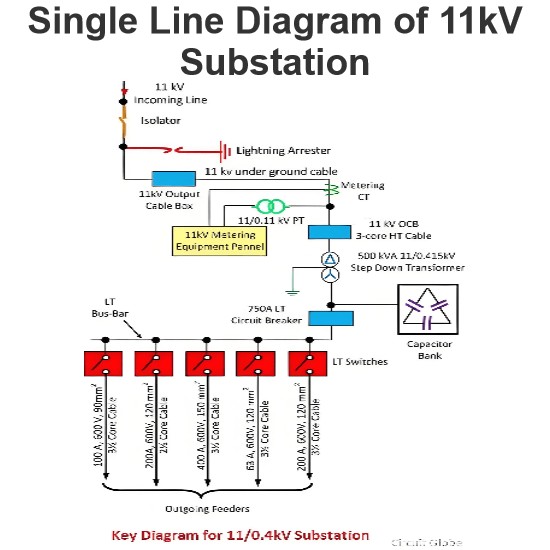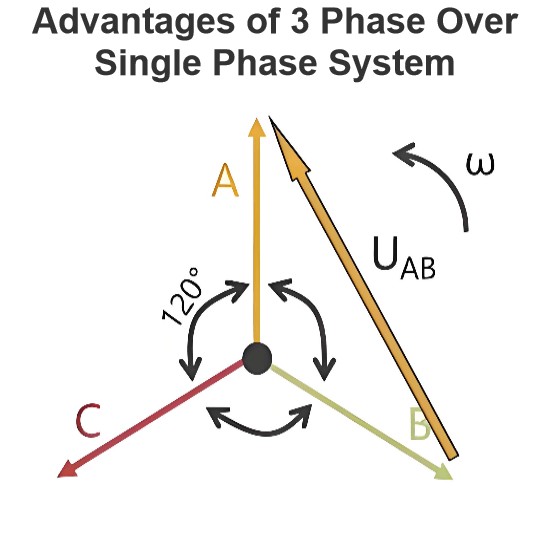Voltage and Current Divider Rule
Current Division Rule
When current flows through more than one parallel path, each of the paths shares a definite portion of the total current depending upon the impedance of that path.
The definite portion of the total current shared by any of the parallel paths can easily be calculated if the impedance of that path and the equivalent impedance of the parallel system are known to us.
The rule or formula derived from these known impedances to know the portion of total current through any parallel path is known as the current divider rule. This rule is very important and widely used in the field of electric engineering in different applications.
Actually, this rule finds application when we have to find the current passing through each impedance when these are connected in parallel.
Let us say, two impedances Z1 and Z2 are connected in parallel as shown below.
A current I passes and is being divided into I1 and I2 at the junction of these two impedances as shown. I1 and I2 pass through Z1 and Z2 respectively. Our aim is to determine I1 and I2 in terms of I, Z1, and Z2.
As Z1 and Z2 are connected in parallel, the voltage drop across each will be the same. Hence, we can write
Also applying Kirchoff’s current law at the junction, we get

We have two equations and can determine I1 and I2.
From (1), we have
Putting this in (2), we get
or,
or,
or,
We have
Putting the value of I1, we get
Thus, we have determined I1 and I2 in terms of I, Z1, and Z2.
This rule is applied as follows.
Suppose we have to determine I1. We proceed as
Applying the above rule, we will get
Let us apply this rule to some problems.
Applying the current division rule, we will have
Where I1 = current passing through Z1.
Putting given numerical values, we get
![]()
Source: Electrical4u.
Statement: Respect the original, good articles worth sharing, if there is infringement please contact delete.
Electrical4U is dedicated to the teaching and sharing of all things related to electrical and electronics engineering.














